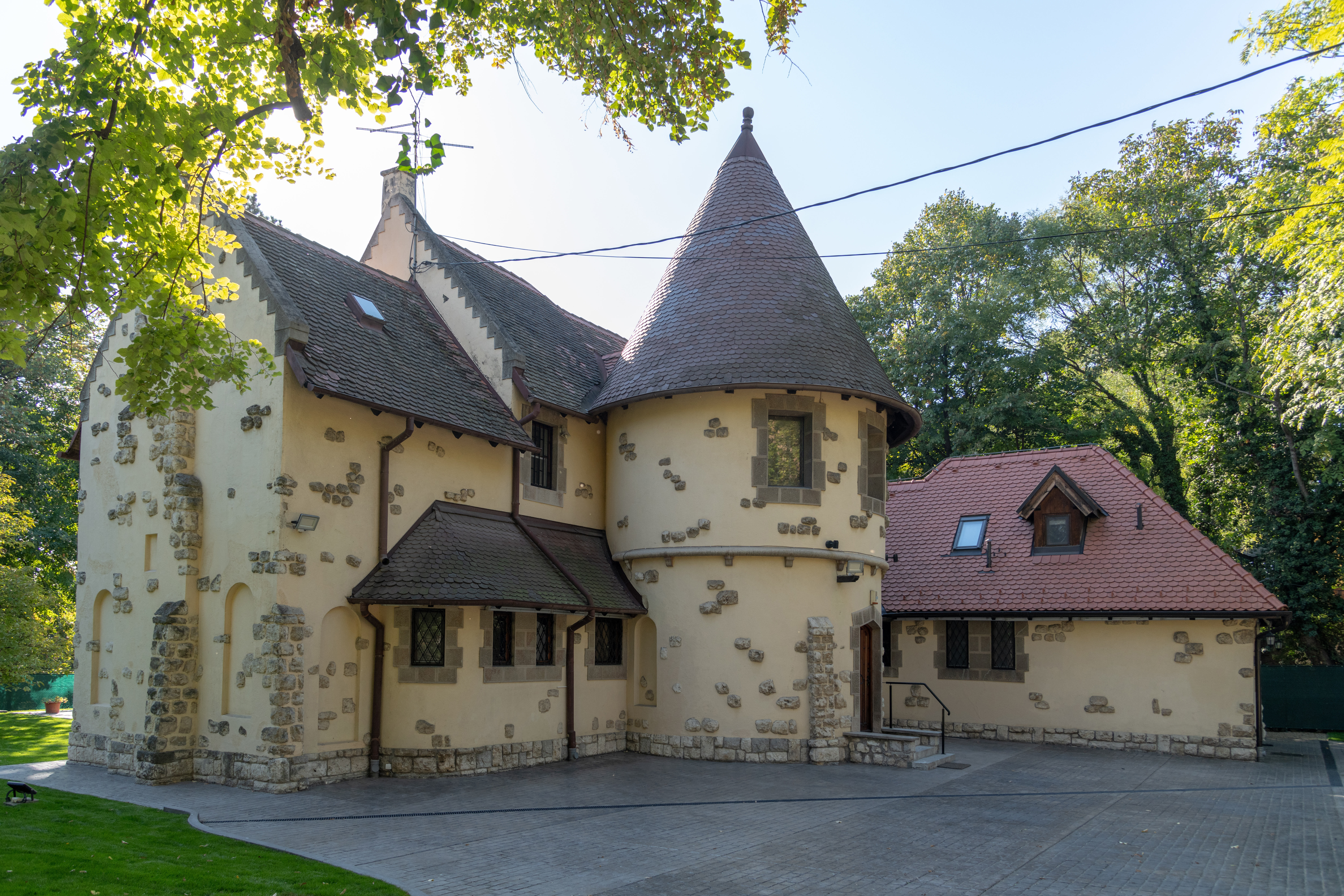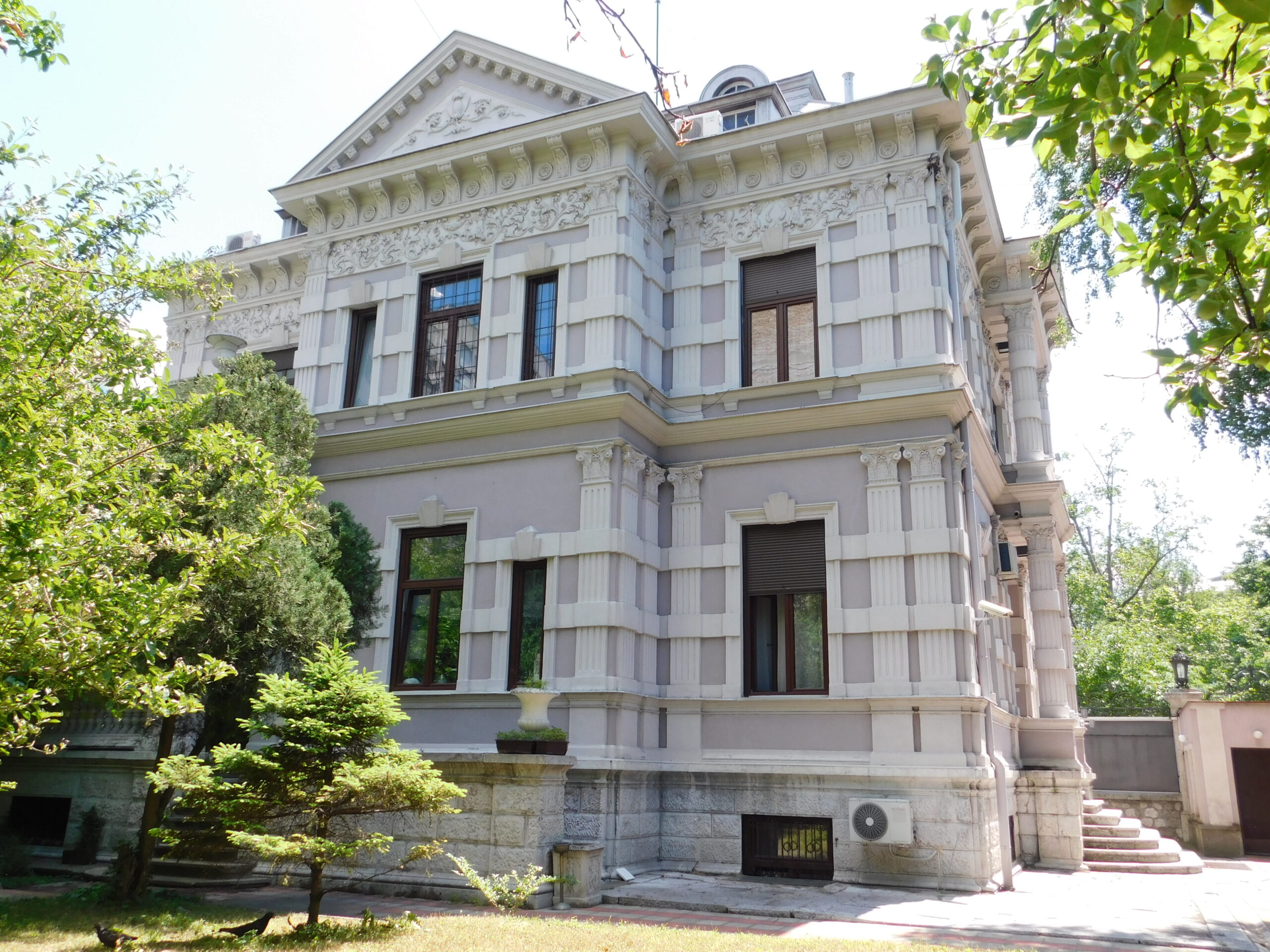OUR BLOG
Dipos architectural gems as monuments of an era
The representative properties under our management bear witness to the diverse architectural styles that shaped Belgrade’s urban landscape at the beginning of the 20th century, as well as to the character of interwar residential construction. Although nearly a century has passed since their construction, these buildings still radiate strength, elegance, and refinement.
Modern architecture in Belgrade has undergone numerous phases, which, albeit with some delay, largely corresponded to major European artistic movements. Inspired by the spirit of Paris, Berlin, and Vienna, the city’s architects eagerly embraced the playful elements of Art Nouveau and academicism. The interwar period brought with it the sophistication of Art Deco and the eclecticism that combined all—or most—of the prevailing architectural schools and movements, including motifs rooted in local traditions.
Belgrade’s interwar residential architecture is characterized by a variety of stylistic approaches, the application of classical concepts, and imaginative enhancements achieved through the combination of different elements. A simple walk through Dorćol, Krunski Venac, or Dedinje offers a lesson in early 20th-century Belgrade civic architecture—villas and residential buildings from that era remain visually impressive regardless of their stylistic orientation and continue to exude strength, elegance, and refinement even a century after their construction.
The features of all these styles, as well as entirely original design solutions, adorn many of the buildings constructed mainly between the First and Second World Wars, which are today managed by our Company. In addition to being true ornaments of the capital, they serve as enduring testimony to Belgrade’s growth and modernization—and to the ambition of its architects to follow global trends while imparting their own unique mark on each design.
For more information about our properties, please visit Dipos Magazine.












 2018
2018